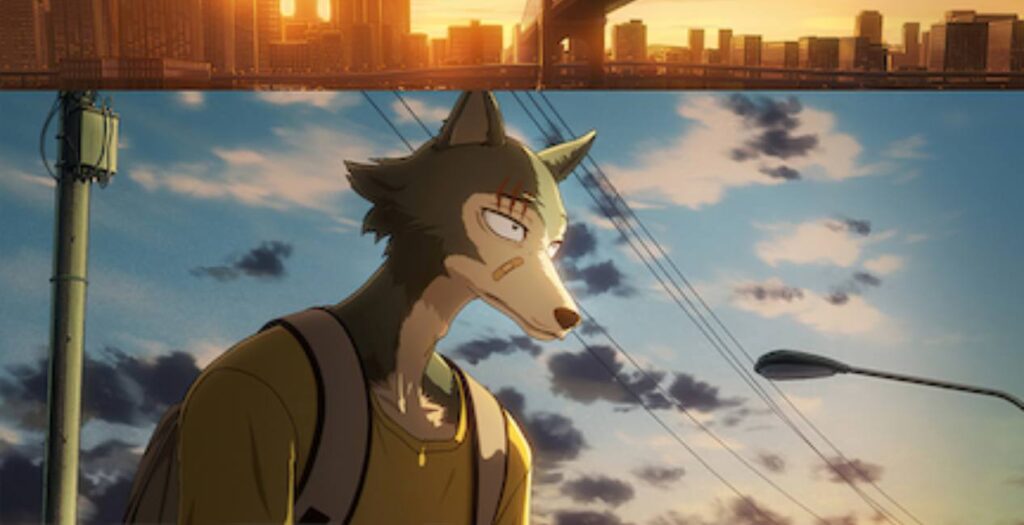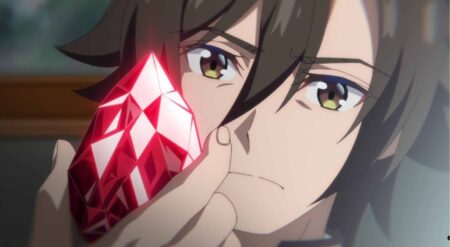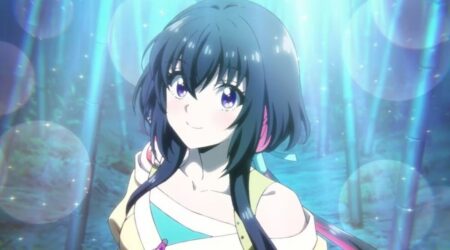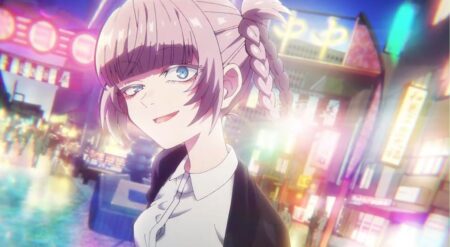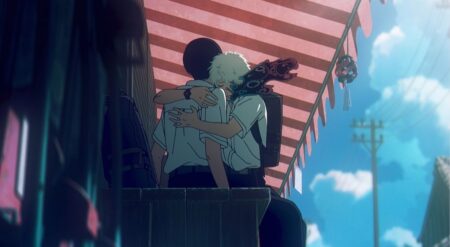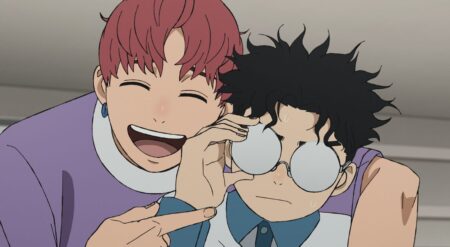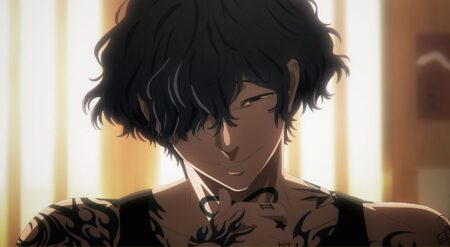To love Beastars, you have to accept its insanity. It’s not just that. It’s a series that takes place in a world of anthropomorphic animals. It’s not even just the central romance between Legoshi (Chikahiro Kobayashi), a large gray wolf, and Haru (Sayaka Senbongi), a small white rabbit. And now, we’re in Beastars Season 3.
What tips Beastars into full-throttle nuttiness is the inner workings of this society, the segregation between herbivores and carnivores, and the major, ever-expanding world of the crime syndicate that runs the underbelly of this universe. It’s pure absurdism, and that’s why we love it. That eccentric energy remains in Beastars Season 3 on Netflix as it sets itself up for its final chapter.
It’s amazing how much plot Beastars Season 3 fits into 12 episodes. Based on the manga written and illustrated by Paru Itagaki, the Final Season picks up months after the events of the Season 2 finale where, in an act of desperation, Louis (Yūki Ono), a deer, consensually offered up his foot for Legoshi to consume to gain power in his fight against Riz, who’d been devouring herbivores.
This action has consequences, however, with it going on Legoshi’s record. He’s dropped out of school and has taken up a part-time job at an Udon shop, and he’s still dating Haru. Yet, for all of his attempts at normalcy, there’s always someone or something seeking out him and his good intentions.
Beastars Season 3 Part 1 deals with the fallout of Legoshi’s fight with Riz, the destabilization of the underworld that runs this world, Louis’s own grappling with his familial expectations and desires, and Haru finding her place at University.
For the most part, the series maintains the energy of its previous seasons through its tactile, 3D, and CGI-style animation of the music, which pulsates with pulpy, jazz-inspired numbers. It’s even lighter on its feet in moments, especially following the misery and trauma the characters have already endured. But there’s a lot going on, and not all of it gels.
Haru heads to the sideline in Beastars Season 3, for Part 1 at least.
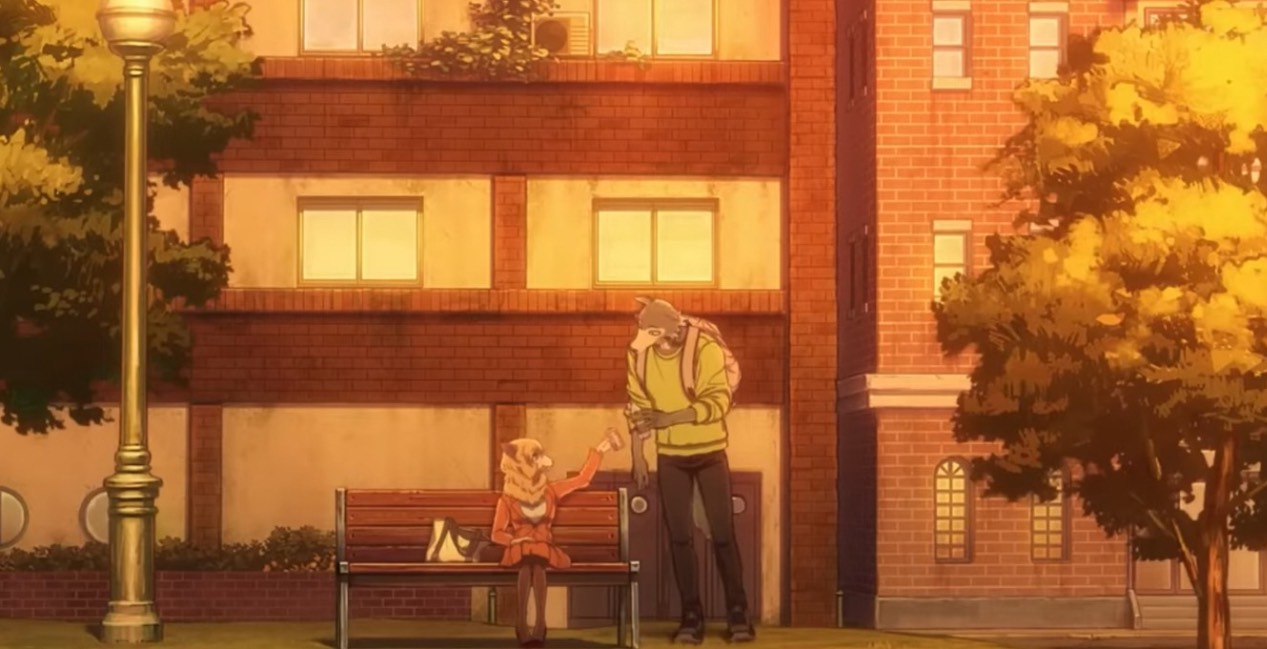
Perhaps the biggest issue is the diminishing role of Haru to the point of being virtually nonexistent. She shows up, but it’s often within stories regarding Legoshi and helping him affirm his place in the world, assuaging his guilt and fears, which is shocking considering her initial significance to the story.
She’s become less and less integral to the narrative since the Season 1 finale, which is a shame, considering she offers the perfect intersection between Legoshi and Louis. All three of our leads grapple with levels of self-loathing as they try to seek affirmation. But Haru, more than Legoshi and Louis, is at least prone to be be anchored in reality (as close to reality as Beastars gets, at least.) Instead, she becomes an afterthought.
Her scenes with Legoshi still shine, and her character offers a necessary point of view in the series. But she’s buried beneath a group of new supporting characters who don’t all provide an immediate payoff. Yahya, a horse and the main Beastar, works as a vigilante and sets his sights on Legoshi.
Yahya has a history with Legoshi’s grandfather, Gosha, a Komodo dragon. The two once worked together but had a falling out when Gosha got involved with Legoshi’s grandmother, a gray wolf. Their interspecies relationship caused tension for their family, mainly their daughter, Legoshi’s mother.
Melon sets the stage for Beastars’ final season.
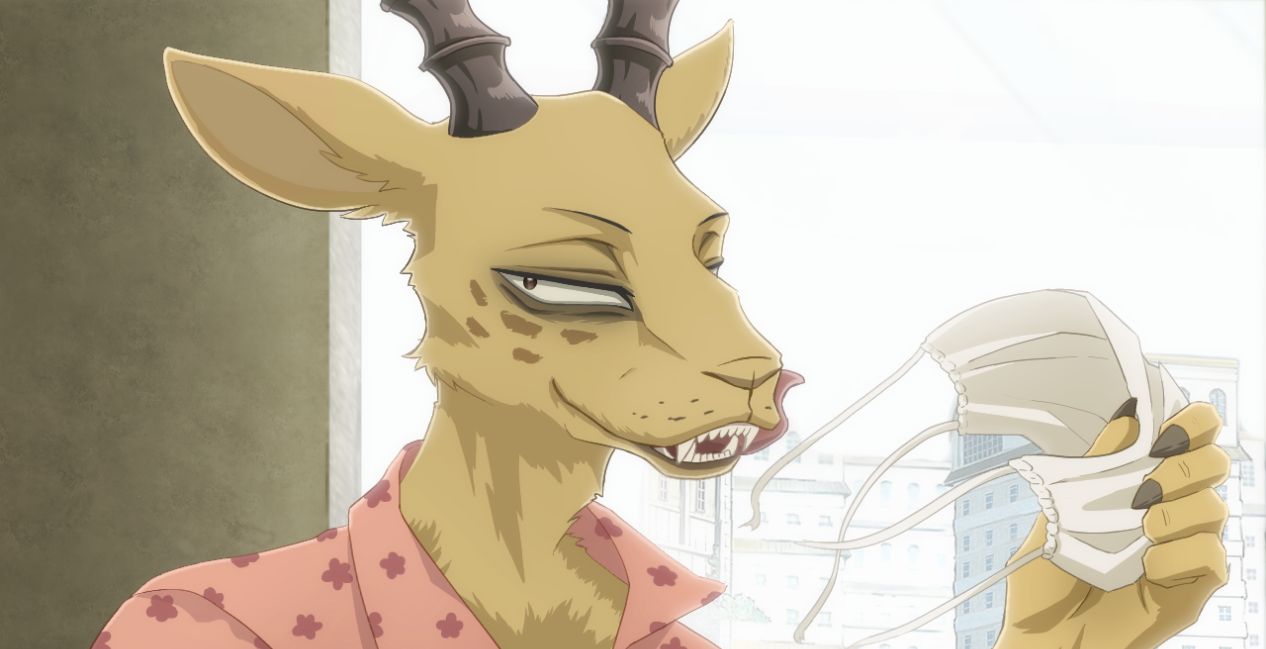
The main antagonist, Melon, represents that tension as another product of a mixed species couple. A gazelle/leopard hybrid, he’s now the new leader of the Shishigumi crime syndicate. While he doesn’t quite strike the same visual level of off-kilter dread as Riz did, he’s unsettling in his own right.
So much of the drive behind the drama Beastars has been the relationships between carnivores and herbivores and if the former can ever genuinely rid themselves of their animalistic urges to kill and devour those animals weaker than them. Melon, meanwhile, kills for the thrill rather than to devour, making him an anomaly. Melon plays a significant role in the remaining story, so hopefully, he’ll continue to make more of an impact.
As always, one of Beastars‘ greatest draws and consistent appeals is the protagonist and resident Best Boy, Legoshi, and that remains true in the Final Season. It’s perhaps one of the best marriages of visuals and writing, his character animation perfectly capturing his awkwardness and sweet sensibilities.
The animation of Legoshi is superb, from the little run he does to the ever-shifting eyes as he figures out what to say, to the drooped shoulders that suggest a life of trying to be smaller than he is, it’s tremendous, rich work. We buy this character, his motivations, and fears largely through how he’s drawn and how he moves.
Chikahiro Kobayashi’s performance is also crucial. His stammering and the way his sentences trail off beautifully embody his unsure nature. Legoshi might be constantly thrown into adult, fight-or-flight scenarios, and he might continually try to better himself, but he’s still a teenager and prone to self-doubt.
He alone is a worthwhile character to follow. While Louis is also fascinating, he gets a bit of backseat treatment this time. His highlight continues to be any interactions with the Shishigumi group. If anything, Season 3 allows for a funnier, less burdened Louis to surface.
How does the animation stack up to the last Netflix seasons?
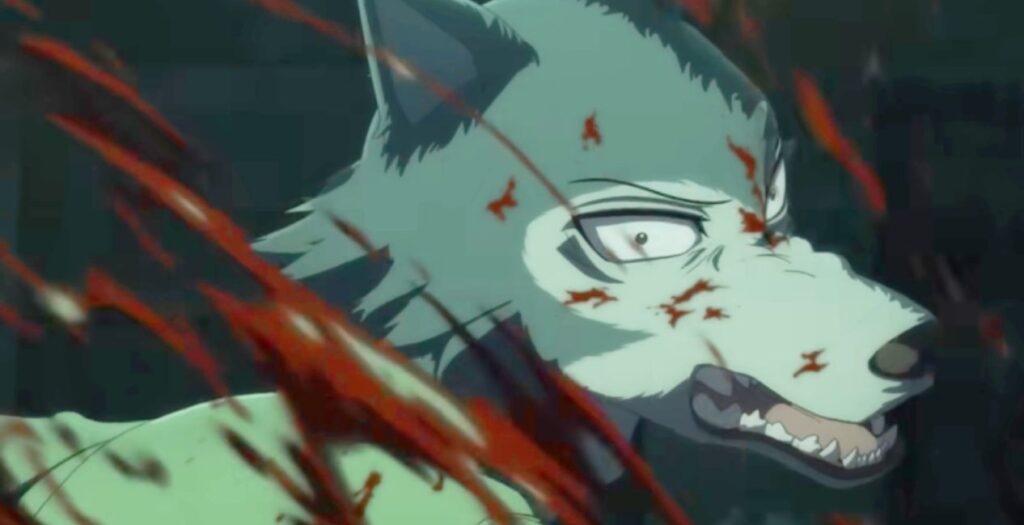
The animation generally remains strong, though it doesn’t always quite hit the same highs of the previous two seasons or other studio Orange productions. This is partly due to bizarre framing and image placements, especially through flashbacks or stagnant scenes. However, the background animation is superb, as is the direction that captures the differing heights and scales of characters to demonstrate how vast and dynamic this world is.
What’s perhaps most fascinating, however, is the over-arching storyline as we hurtle towards the remaining episodes. Beastars has run the gamut of playing with allegorical thematic throughlines and has succeeded by not totally committing to one or the other. But the message remains vague.
At one point, Legoshi is told that sea creatures kill or be killed, and their remains feed smaller fish, often the ones preyed on. Maybe there will be no real message or neatly tied narrative bow. But it is intriguing to wonder how Beastars will wrap up so many threads and ideas. Will herbivores and carnivores live harmoniously? Or will carnivores be indulged and allowed to seek their instincts?
Beastars Season 3 Part 1 reminds us why the Netflix series is a ludicrous, addictive ride. There’s no stopping once you hit play, even with the narrative stumbles. It’s pure, nonsensical entertainment with a charismatic lead character. While the series leaves us on a major cliffhanger, the thrill of returning to this world remains.
Beastars Final Season Part 1 is out now on Netflix.
Beastars Final Season Part 1
-
Rating - 7.5/107.5/10
TL;DR
Beastars Final Season Part 1 reminds us why the Netflix series is a ludicrous, addictive ride. There’s no stopping once you hit play, even with the narrative stumbles. It’s pure, nonsensical entertainment with a charismatic lead character.

